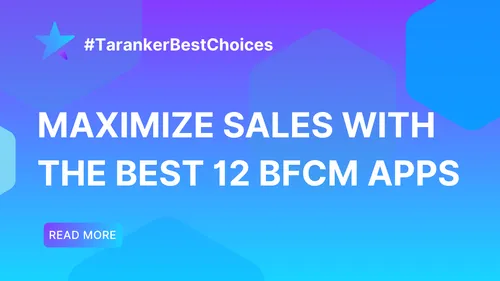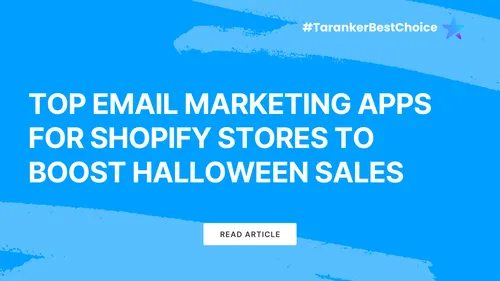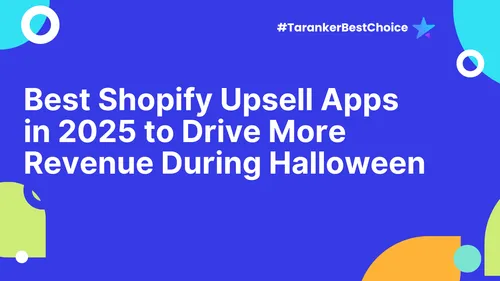In today's fast-paced e-commerce landscape, managing marketing tasks manually can be overwhelming. For Shopify store owners, engaging customers, nurturing leads, and driving sales require strategic marketing efforts—yet handling everything by hand is both time-consuming and inefficient. This is where marketing automation becomes a game-changer.
What is Marketing Automation?
Marketing Automation refers to the use of software and tools to automate repetitive marketing tasks such as email marketing, SMS marketing, social media posting, and running ad campaigns. This technology enables businesses to execute marketing efforts quickly, efficiently, and with measurable results.
Marketing Automation streamlines marketing workflows, reducing manual effort while ensuring consistent engagement with potential and existing customers. More than just automating tasks, its ultimate goal is to create highly personalized customer experiences, improving engagement and conversion rates.
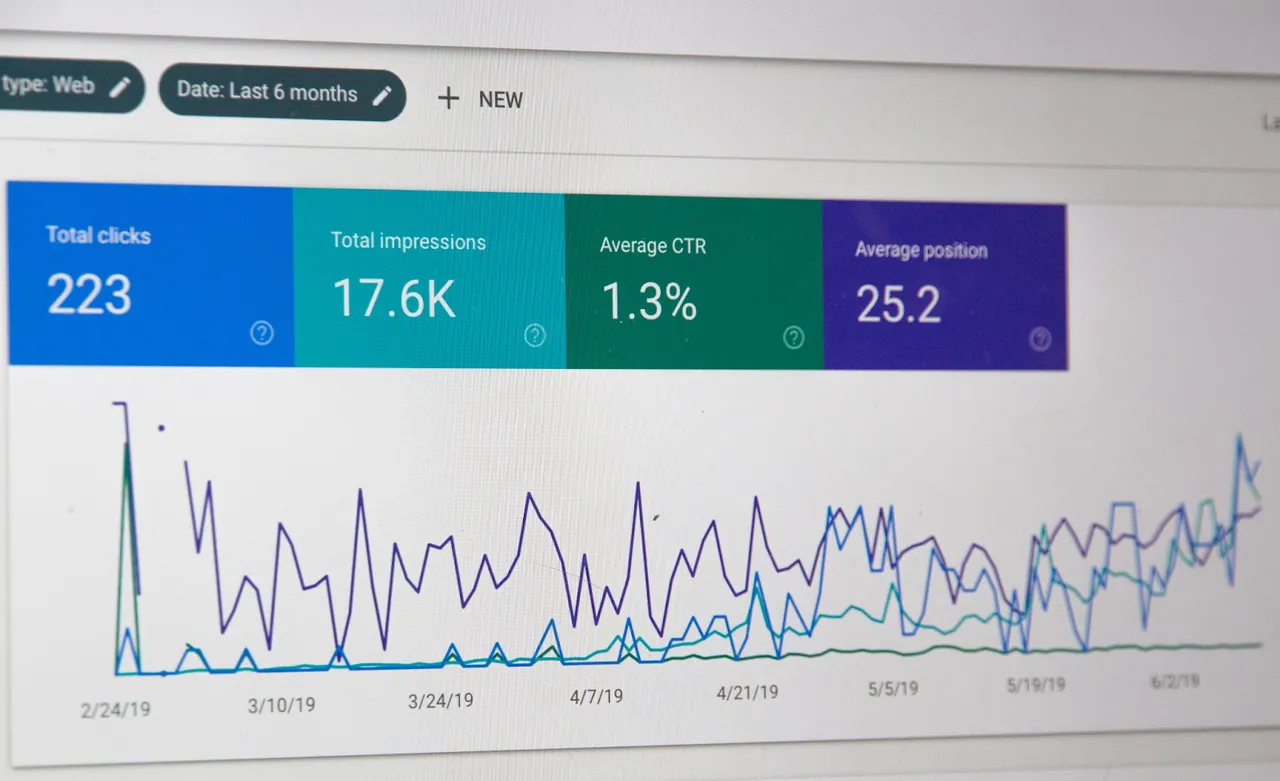
Key Components of a Marketing Automation System
A complete Marketing Automation system consists of:
-
Marketing Automation Software – Tools that automate marketing tasks and workflows.
-
Automation Processes – Predefined sequences that guide customer interactions.
-
Customer Data – Insights and analytics to drive targeted, personalized marketing.
Key Benefits of Marketing Automation
Marketing automation has revolutionized the way businesses engage with their audience, optimize campaigns, and drive conversions. By leveraging automation tools, companies can streamline marketing efforts while delivering highly personalized customer experiences. Below are the key advantages of marketing automation:
1. Time Efficiency: Automate Repetitive Tasks
One of the biggest advantages of marketing automation is the ability to save time. Instead of manually sending emails, posting on social media, or managing customer follow-ups, automation handles these repetitive tasks seamlessly. This allows marketers to focus on strategic planning, content creation, and analyzing campaign performance rather than getting bogged down with routine tasks.
2. Improved Lead Nurturing: Guide Prospects Through the Sales Funnel
Successful lead nurturing requires timely and relevant communication. Marketing automation enables businesses to set up workflows that guide prospects through the buyer’s journey. By delivering the right content at the right stage—whether it’s an educational blog post, a product demo invitation, or a personalized email—automation ensures that leads stay engaged and gradually move toward conversion.
3. Enhanced Personalization: Create Tailored Customer Experiences
Today’s consumers expect personalized interactions. With marketing automation, businesses can use customer data—such as browsing behavior, past purchases, and engagement history—to craft highly targeted messages. Whether it’s dynamic email content, personalized product recommendations, or customized offers, automation ensures that each customer receives relevant and engaging communication.

4. Data-Driven Decision-Making: Optimize Strategies with Insights
Marketing automation platforms provide powerful analytics that track campaign performance, customer engagement, and conversion rates. With real-time data and reports, businesses can make informed decisions to refine their marketing strategies. By analyzing which campaigns generate the most leads or which content resonates best with audiences, companies can optimize future efforts for maximum ROI.
5. Increased Customer Retention: Strengthen Relationships
Marketing automation isn’t just for acquiring new customers—it’s also a powerful tool for retaining existing ones. Automated follow-ups, personalized loyalty rewards, and engagement campaigns help maintain strong relationships with customers, encouraging repeat business and long-term brand loyalty.
6. Scalability: Grow Your Business Without Increasing Workload
As businesses expand, managing marketing efforts manually becomes increasingly difficult. Automation allows companies to scale their marketing operations efficiently without requiring additional resources. Whether you’re handling thousands of leads or running multiple campaigns simultaneously, automation ensures seamless execution without compromising quality.
How to apply marketing automation to your Shopify store
1. Define Your Marketing Objectives
-
What do you want to achieve with marketing automation? Examples include increasing sales, generating leads, improving customer retention, or boosting brand engagement.
-
Set SMART goals: Specific, Measurable, Achievable, Relevant, and Time-bound. This provides a clear roadmap and allows you to track progress effectively.
2. Choose the Right Marketing Automation Tools
Selecting the right marketing automation tools is essential for optimizing your Shopify store’s performance. Here are some top-rated options:
-
Sales Popup Autoketing ‑ POP – Boosts conversions by displaying recent purchase notifications, urgency elements, and discount pop-ups to drive engagement.
-
Adeagle: Get Traffic • AI Ads – Uses AI-powered advertising to target shoppers across blogs, forums, and Shopify stores, optimizing ad placement for maximum reach.
-
Sixads Advertising Automation – Simplifies ad management on Facebook, Instagram, and Google with automated campaign creation and optimization.
-
Shopify Marketplace Connect – Allows seamless integration with Amazon, eBay, and other marketplaces, syncing inventory and product listings in real time.
-
Seguno Email Marketing – A Shopify-native email marketing tool with pre-built automations, a Canva-integrated editor, and back-in-stock alerts for better customer engagement.
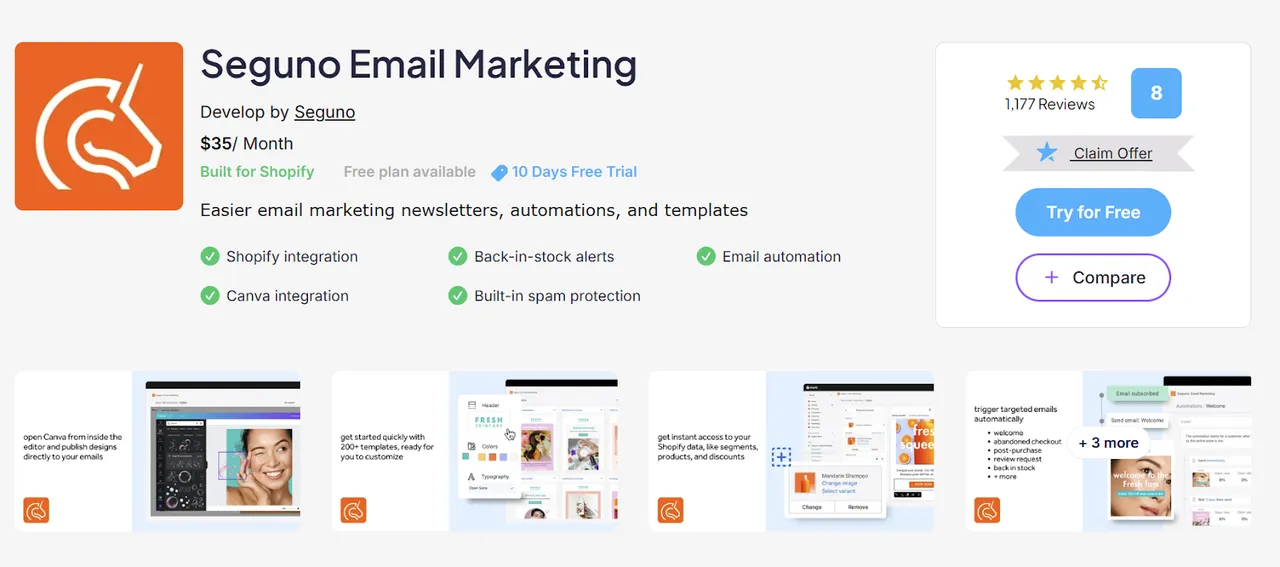
When choosing a tool, consider factors like features, pricing, ease of integration, and expected return on investment (ROI). The right solution should align with your business needs, automate key tasks efficiently, and enhance your store’s overall performance.
3. Develop Your Automation Strategy
-
Identify key marketing activities to automate: Examples include welcome emails, abandoned cart reminders, post-purchase follow-ups, product recommendations, and personalized promotions.
-
Plan your automation workflows: Outline the triggers, conditions, and actions for each campaign. Consider customer behavior, preferences, and lifecycle stage.
4. Set Up and Customize Your Automations
-
Integrate your chosen app with your Shopify store: Follow the app's instructions to connect seamlessly.
-
Configure your automation workflows: Define triggers (e.g., new subscriber, abandoned cart), conditions (e.g., customer segment, purchase history), and actions (e.g., send email, SMS, or push notification).
-
Personalize your messaging: Tailor content to specific customer segments based on demographics, behavior, and preferences. Use dynamic content to personalize emails and other communications.
Discover the most popular tools for your e-commerce site here:
Top 20 Shopify Workflow Automation Apps 2025
5. Monitor and Optimize Performance
-
Track key metrics: Monitor open rates, click-through rates, conversion rates, and other relevant metrics to assess campaign effectiveness.
-
Analyze results and make adjustments: Identify areas for improvement and tweak your workflows, messaging, and targeting to optimize performance.
-
A/B testing: Experiment with different variations of your automated campaigns to determine what resonates best with your audience.
Additional Tips
-
Start small and scale gradually: Begin with a few key automations and expand as you gain experience and confidence.
-
Segment your audience: Divide your customers into smaller groups based on shared characteristics to deliver more targeted and relevant messages.
-
Use a consistent brand voice: Ensure your automated communications align with your overall brand identity and messaging.
-
Test your automations thoroughly: Before launching a campaign, test each step to ensure it functions correctly and delivers the desired results.
By following these steps, you can effectively leverage marketing automation to streamline your efforts, improve customer engagement, and drive business growth on your Shopify store.
Conclusion
Marketing automation is no longer a luxury—it's a necessity for Shopify store owners looking to scale efficiently while maintaining a personalized customer experience. By automating key processes, you can boost efficiency, reduce costs, enhance customer engagement, and ultimately drive more sales.
With the right tools and a well-structured automation strategy, your Shopify store can operate more smoothly, giving you more time to focus on growth and innovation. Start small, optimize continuously, and leverage automation to transform your e-commerce business into a thriving, scalable success.

